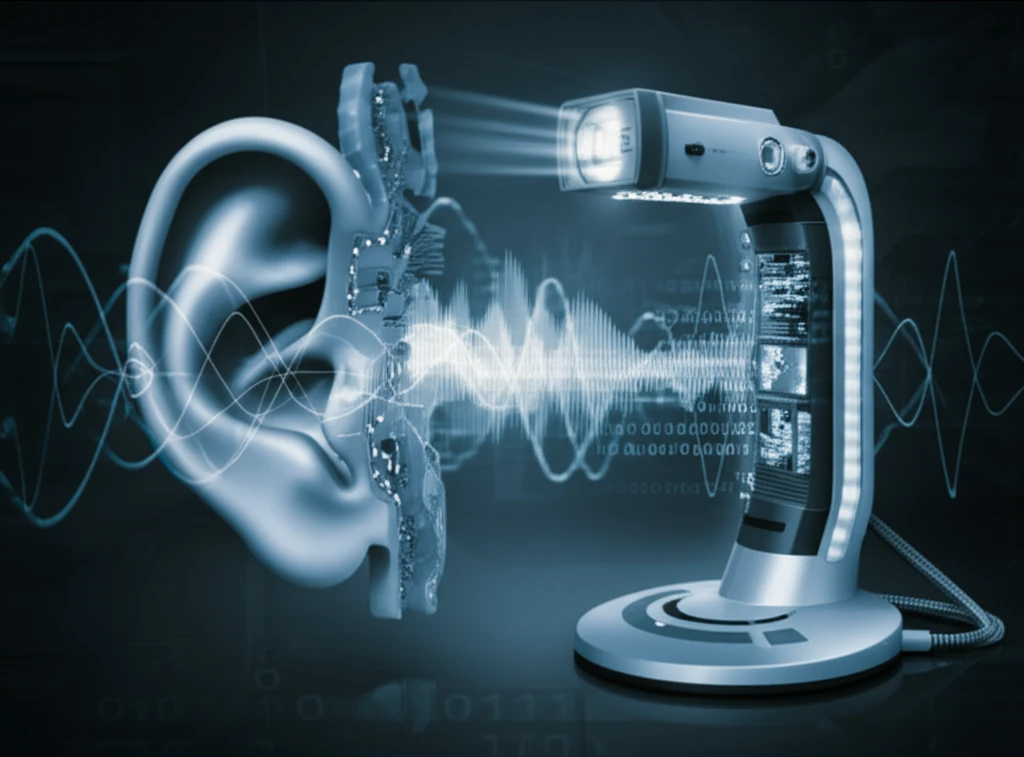
Decoding Cholesteatoma: How Advanced Imaging Can Save Your Hearing
"Non-Echo Planar Diffusion-Weighted Imaging: A Breakthrough in Detecting and Managing this Aggressive Ear Condition"
Imagine a hidden threat, silently eroding the delicate structures within your ear. This is the reality of cholesteatoma, a cystic lesion that, while benign, exhibits aggressive behavior. Characterized by abnormal skin growth in the middle ear and mastoid, cholesteatomas can lead to serious complications, including hearing loss, if left unchecked.
Traditional methods of diagnosis, primarily computed tomography (CT) scans, excel at revealing the extent of bone erosion caused by cholesteatomas. However, CT struggles to differentiate between the cholesteatoma itself and post-surgical inflammation or scar tissue. This limitation poses a significant challenge, especially when monitoring for recurrence after surgery.
Enter magnetic resonance imaging (MRI), specifically non-echo planar diffusion-weighted imaging (non-EPI DWI). This advanced technique offers a powerful new way to visualize and distinguish cholesteatomas from other tissues, even in the complex environment of the post-operative ear. Let's explore how this innovative approach is transforming the diagnosis and management of cholesteatoma.
Why Non-EPI DWI is a Game-Changer for Cholesteatoma Detection

The key to non-EPI DWI's effectiveness lies in its ability to detect subtle differences in water molecule movement within tissues. Cholesteatomas, packed with keratin debris, restrict this movement, creating a distinct signal on MRI scans. This "diffusion restriction" allows radiologists to pinpoint cholesteatomas with greater accuracy, even when they are small or obscured by inflammation.
- Reduced Artifacts: Non-EPI DWI is less susceptible to distortions caused by the air-bone interfaces in the mastoid region, providing clearer images.
- Higher Resolution: Non-EPI DWI provides higher spatial resolution and thinner slice thicknesses, enabling the detection of smaller cholesteatomas.
- Improved Specificity: The unique signal characteristics of cholesteatomas on non-EPI DWI help differentiate them from other types of tissue, reducing the risk of false positives.
The Future of Cholesteatoma Management
Non-EPI diffusion-weighted imaging represents a significant advancement in the diagnosis and management of cholesteatoma. By providing more accurate and detailed images, this technique empowers clinicians to make informed decisions, leading to better outcomes for patients. If you are at risk for cholesteatoma or are undergoing post-surgical monitoring, discuss the benefits of non-EPI DWI with your healthcare provider. Protecting your hearing starts with precise and timely diagnosis.
